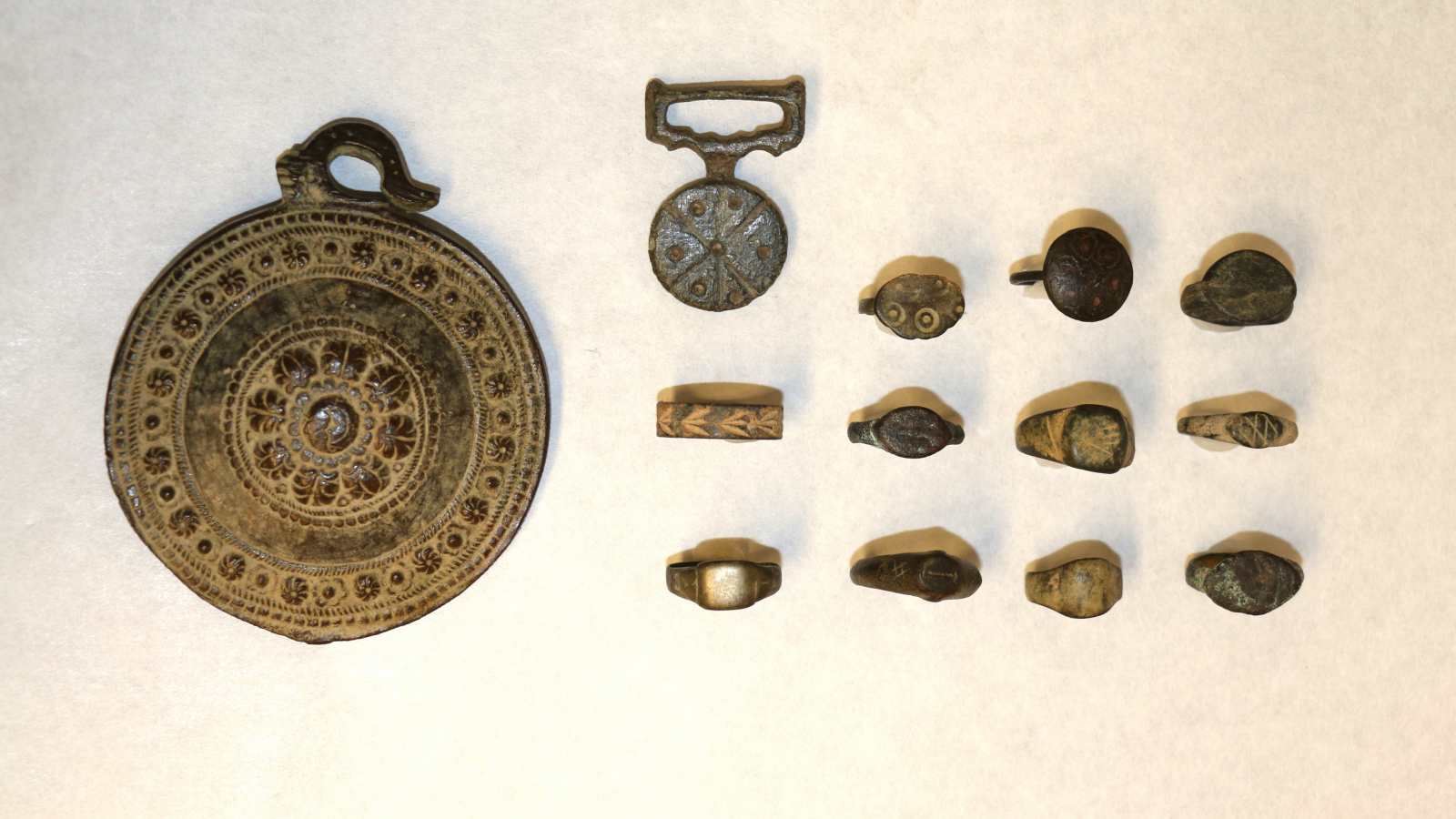Mystery Surrounds Prevalence of Twins in Indian Village

Scientists are baffled over why as many as 230 or more sets of twins live in an Indian village of just 15,000 people, according to news reports out today.
The village in North Kerala, India, reportedly has four times more twins than would be expected.
The deluge of doubles remains a mystery, with one doctor suggesting something in the water is the root, according to Reuters. But it could be a sign of the times, as multiple births at least in the United States have skyrocketed over the past few decades, said James Airoldi, Director of Obstetrics at St. Luke's Hospital and Health Network in Pennsylvania.
More and more
The number of twins born in the Unites States increased by 65 percent between 1980 and 2003, and the number of higher-order multiples (triplets or more) has jumped four-fold during that time, according to the National Center for Health Statistics. Today, more than 3 percent of all babies born in the United States are multiples, with most being twins.
The causes range from increased use of fertility drugs and other artificial fertility methods to an increase in pregnancies among older women, who have a higher probability of having multiples.
Under natural conditions (sans a fertility boost), women have about a 1.5 percent chance of having a pregnancy with more than one baby, according to Penn Medicine. Yet the chances of having twins with the use of fertility treatments can be as high as 25 percent, according to the web site of pediatrician Dr. Vincent Iannelli.
Get the world’s most fascinating discoveries delivered straight to your inbox.
Here are some other methods for conceiving twins that have been bandied about yet not scientifically proven:
- Folic acid: Some say this vitamin B supplement ups the odds of having twins. "There is a little bit of science behind that," Airoldi said. "People who take extra folic acid may have a slightly higher risk [of having twins]." Either way, doctors strongly recommend pregnant women take the supplement as it helps prevent birth defects of the brain and spinal cord.
- Cassava root: Some say this tuber root could be responsible for an overflow of twins in a town in West Africa, where the twin birth rate is reportedly four times higher than the rest of the world. Supposedly, a chemical found in the root's peelings, as well as in local women, could cause the release of more than one egg in pregnancies. Airoldi has not heard of such a link or any science to back it up.
- Weight: Women who are slightly overweight are thought to have a higher chance of having twins. There's no scientific evidence that Airoldi knows of to support this claim.
- Breastfeeding: If a woman happens to conceive while she is breastfeeding, which doesn't normally happen for biological reasons, she could up her twin chances. This twin tip does make sense, according to Airoldi, who says a woman's estrogen levels go down and levels of follicle stimulating hormone (FSH) could go up while breastfeeding. (FSH plays a role in egg production in women.) The result: More chances of so-called fraternal twins.
Two studies have suggested other things that could affect twin rates:
- Milk: A study reported in 2006 in the Journal of Reproductive Medicine suggested women who drink milk are five times more likely to conceive twins than their non-dairy-drinking counterparts. The study attributed the milk-twins link to growth hormones given to cows. The hormones cause a release of insulin-like growth factor (IGF), which increases the sensitivity of the ovaries to follicle stimulating hormone, thereby increasing ovulation.
- Height: Another study found that taller women, who also have more of this growth factor, have a greater likelihood of conceiving twins than shorter moms.
Types of twins
Twins are classified as either identical, in which one fertilized egg splits and develops into two fetuses, or fraternal in which two eggs are fertilized by two different sperm. Worldwide, births of identical twins have remained stable, about four or five per 1,000 births, Airoldi told LiveScience. But fraternal twin births, which vary from nation to nation, have risen and are in general more common.
Like other siblings, fraternal twins share about 50 percent of their genes and so can be different sexes and generally don't look any more alike than brothers and sisters with different birthdays.
As for what's behind twin village, a local doctor, M.K. Sribiju, reportedly said some substance in the water could be the cause, perhaps fertility drugs.
To get to the bottom of the mystery, Airoldi said he would want to know whether the twins are mostly identical or fraternal. "When these twins were conceived, what was the age of the mom?" he asked.
"If you had some environmental issue that drove down their estrogen levels and made their FSH levels go up that would increase the risk of fraternal twins," Airoldi said.
- The Future of Baby-Making
- Pregnancy: News & Information
- 5 Myths of Fertility Treatments
Jeanna Bryner is managing editor of Scientific American. Previously she was editor in chief of Live Science and, prior to that, an editor at Scholastic's Science World magazine. Bryner has an English degree from Salisbury University, a master's degree in biogeochemistry and environmental sciences from the University of Maryland and a graduate science journalism degree from New York University. She has worked as a biologist in Florida, where she monitored wetlands and did field surveys for endangered species, including the gorgeous Florida Scrub Jay. She also received an ocean sciences journalism fellowship from the Woods Hole Oceanographic Institution. She is a firm believer that science is for everyone and that just about everything can be viewed through the lens of science.


